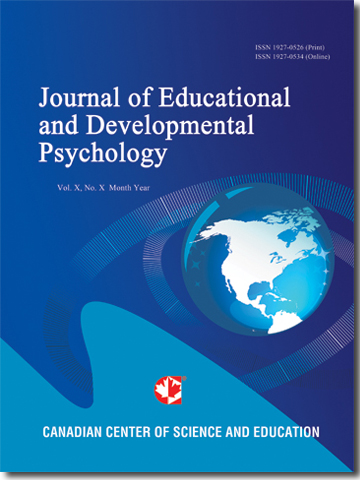The Effect of Different Musical Rhythms on Anaerobic Abilities in Taekwondo Athletes
- Rami Hammad
- Amro Abu Baker
- Julika Schatte
- Adnan Alqaraan
- Ahmad Almulla
- Saleh Hammad
Abstract
The aim of this study was to determine the effects of different musical rhythms on taekwondo athletes. The variance in athletes’ anaerobic abilities performed under slow and fast musical rhythms was tested in the study presented. Previous studies have demonstrated how music may cause physiological responses before, during, or after different types of exercises. The aim of this study was to identify the effect of music played in two different rhythms (slow 80 b/m, and fast 200 b/m) during anaerobic exercises by measuring four specific physiological variables: heart rate (HR), blood pressure (BP), blood lactate (BL), and rate of perceived exertion (RPE). Additionally, the peak power of each athlete was assessed. Ten black-belt taekwondo male athletes (average age 20.38±1.51) performed for 30 seconds at their maximum anaerobic power on a Monarch Ergonomic that was connected to the Wingate test.
The RPE indicated significant differences with a probability value of 0.014 when measured two minutes after the testing. Measurements of heart rate, blood lactate, and diastolic blood pressure after exposure to slow and fast rhythms did not show significant differences. While it has been shown in previous research that the human body tends to synchronize with rhythmic elements of music, this only holds true for exposure to specific rhythms after a longer period of time. The study conducted was based on exposure to different rhythms for only 30 seconds, which may be why these variables did not differ significantly. Yet, results for systolic blood pressure proved significantly different for fast and slow musical rhythms with a probability value of 0.0004.
- Full Text:
 PDF
PDF
- DOI:10.5539/jedp.v9n2p150
Journal Metrics
(The data was calculated based on Google Scholar Citations)
1. Google-based Impact Factor (2021): 1.11
2. h-index (December 2021): 29
3. i10-index (December 2021): 87
4. h5-index (December 2021): N/A
5. h5-median (December 2021): N/A
Index
- Academic Journals Database
- CNKI Scholar
- Copyright Clearance Center
- CrossRef
- Elektronische Zeitschriftenbibliothek (EZB)
- EuroPub Database
- Excellence in Research for Australia (ERA)
- Harvard Library
- Jisc Library Hub Discover
- JournalSeek
- JournalTOCs
- LIVIVO (ZB MED)
- LOCKSS
- MIAR
- Open Access Journals Search Engine(OAJSE)
- PKP Open Archives Harvester
- Publons
- ROAD
- Scilit
- SHERPA/RoMEO
- Standard Periodical Directory
- Stanford Libraries
- Technische Informationsbibliothek (TIB)
- UCR Library
- UoB Library
- WorldCat
- Zeitschriften Daten Bank (ZDB)
Contact
- Carol WongEditorial Assistant
- jedp@ccsenet.org
